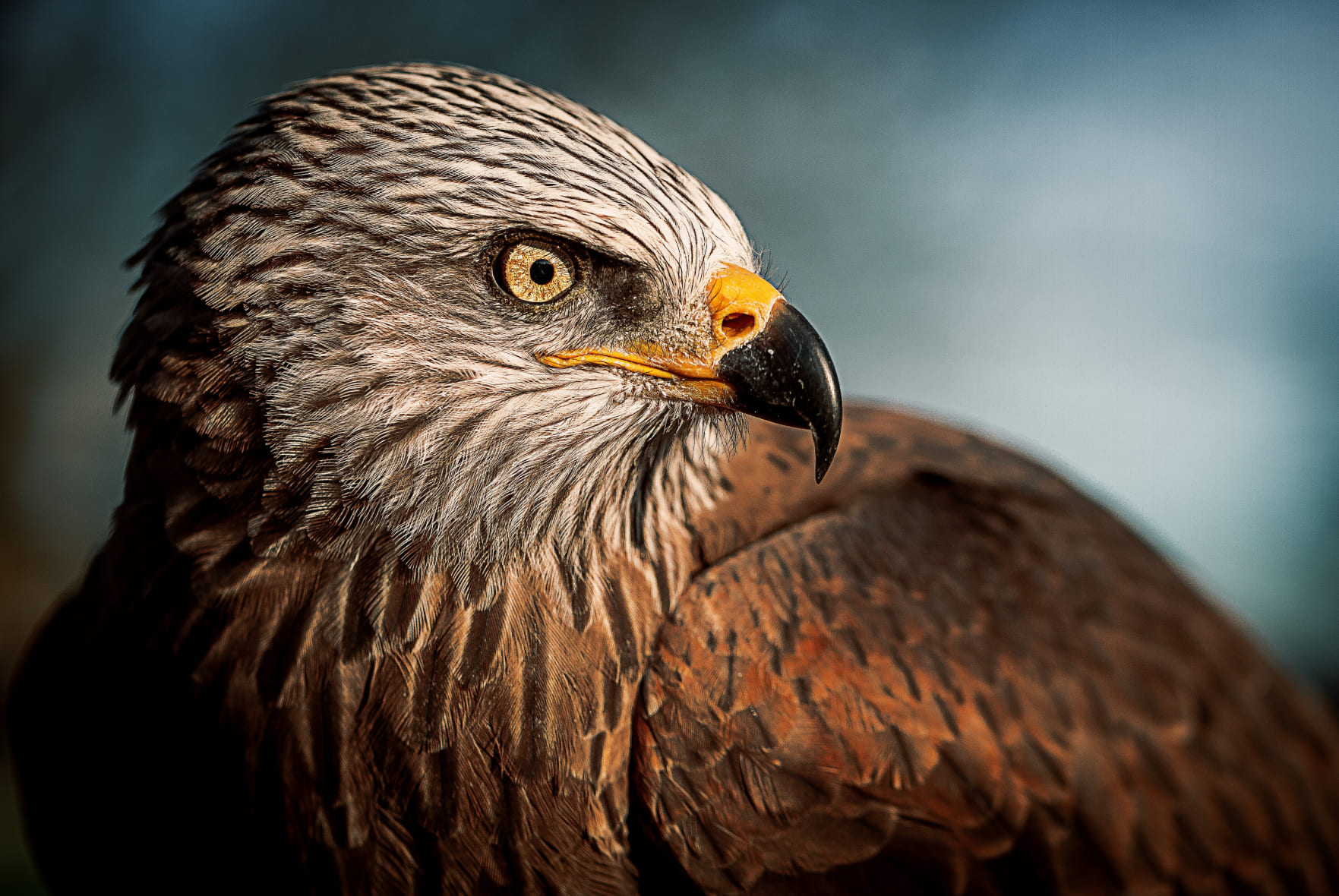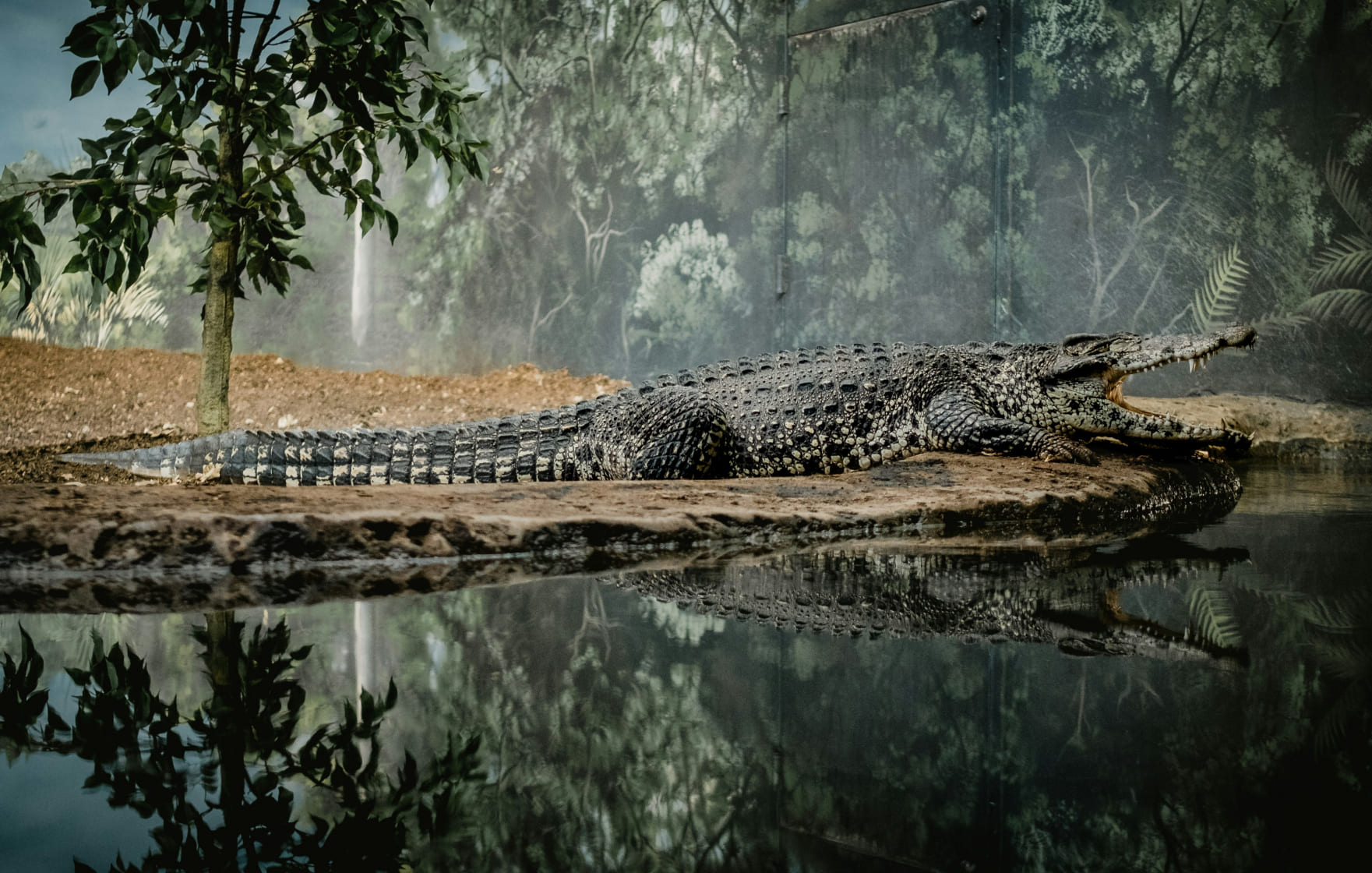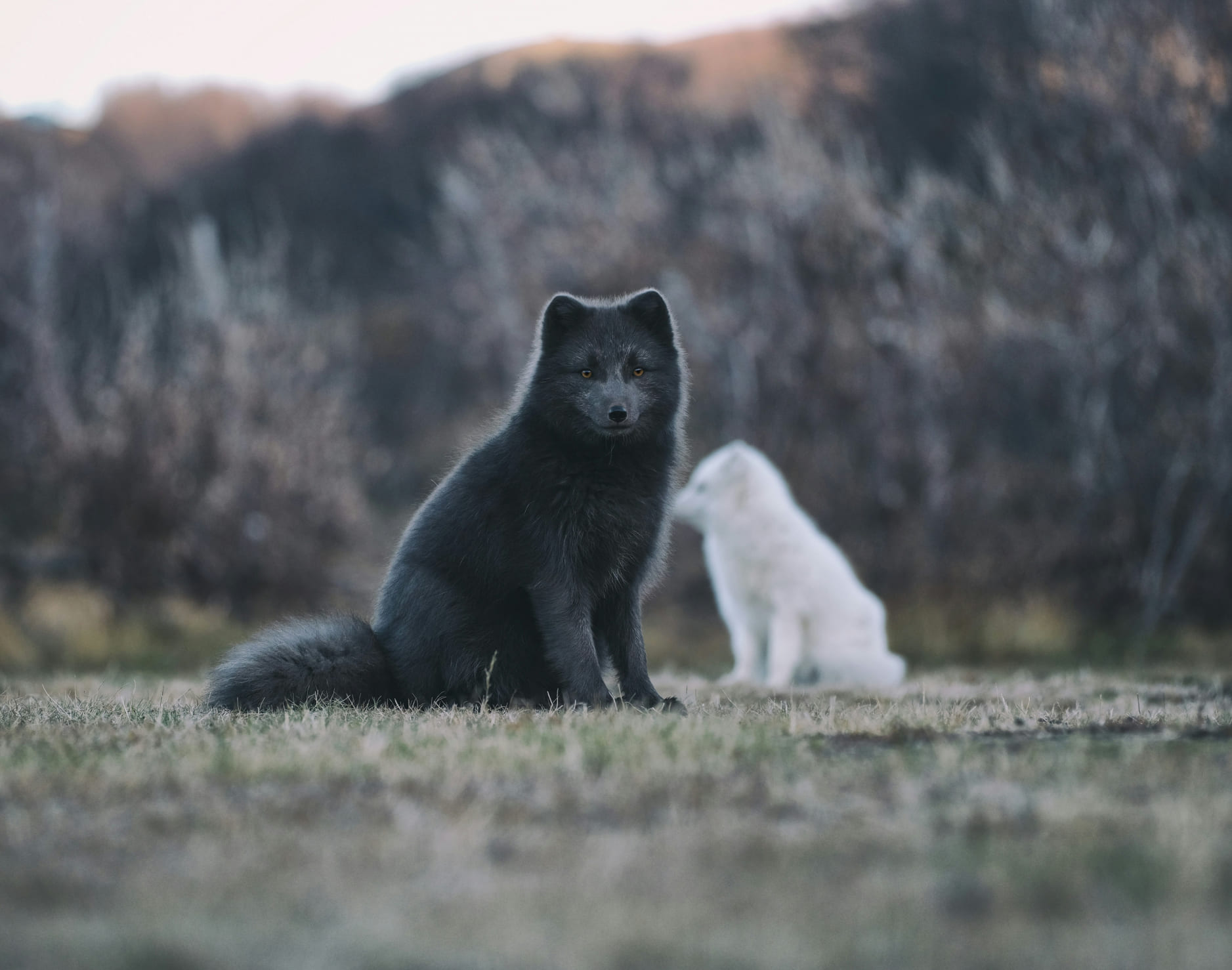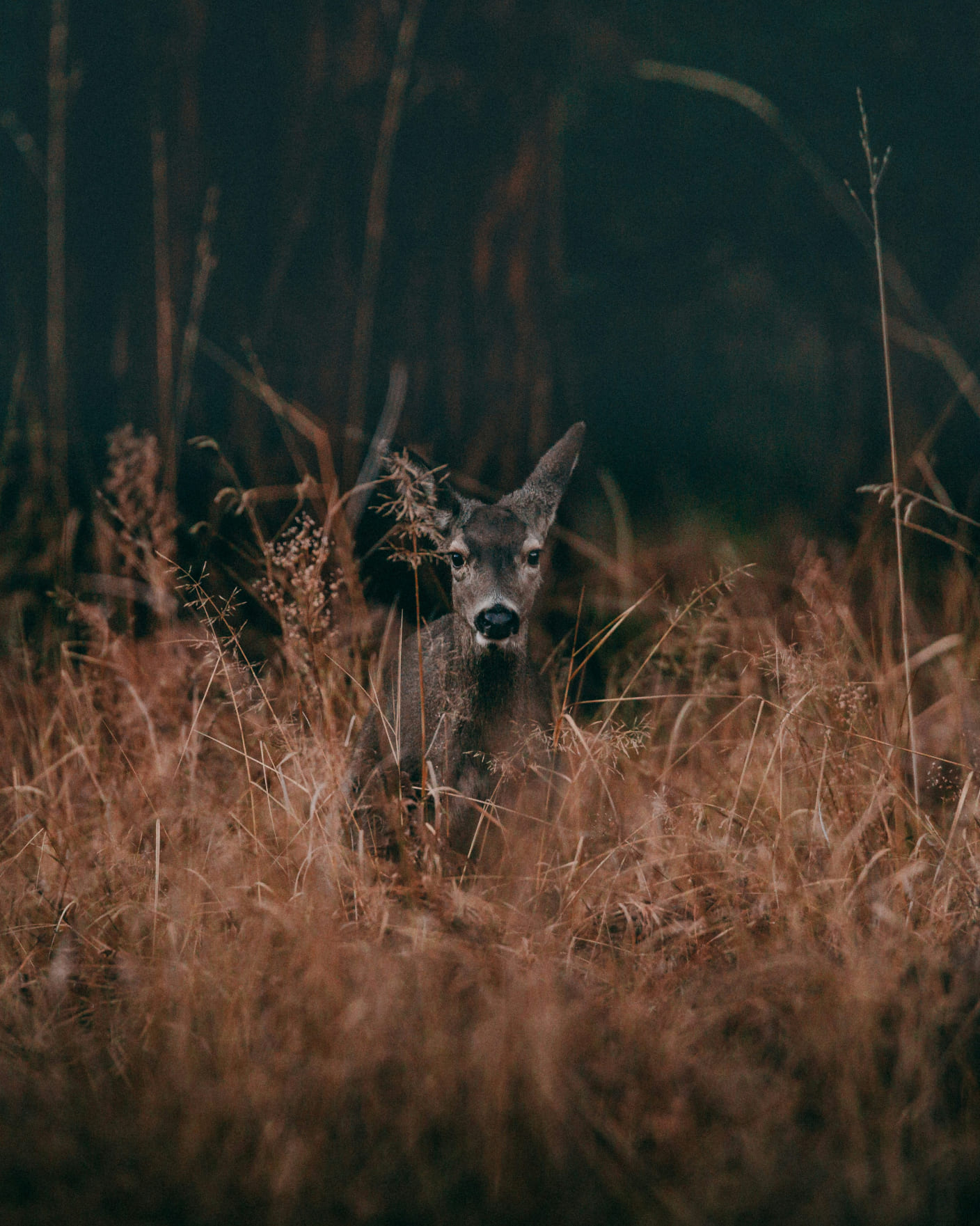The story of wildlife is written in every corner of our planet, from the soaring peaks to the depths of the oceans. Animals leave behind more than footprints—they shape landscapes, inspire cultures, and teach us the value of harmony with nature.
Their legacy is a timeless reminder of the interconnectedness of life. By cherishing and protecting the wild, we ensure that these echoes of beauty and resilience continue to enrich our world and inspire future generations.
A World Interwoven with Wildlife
The legacy of animals is a story of survival, balance, and connection. Each species, no matter how small, contributes to the intricate web of life that sustains our planet. From the whispers of the forest to the roaring plains, the beauty of wildlife lies not only in its presence but in its enduring impact on the world around us.












